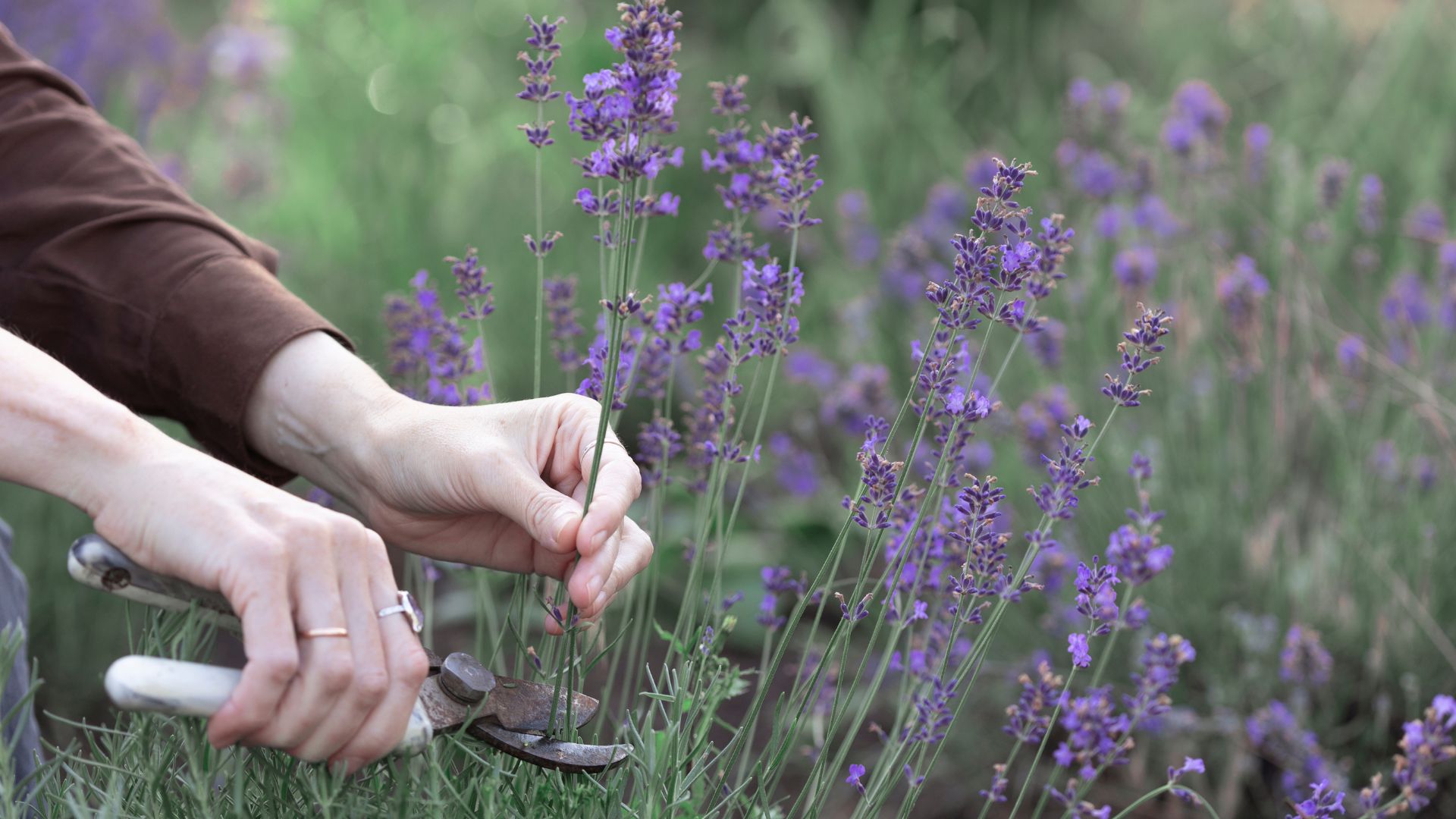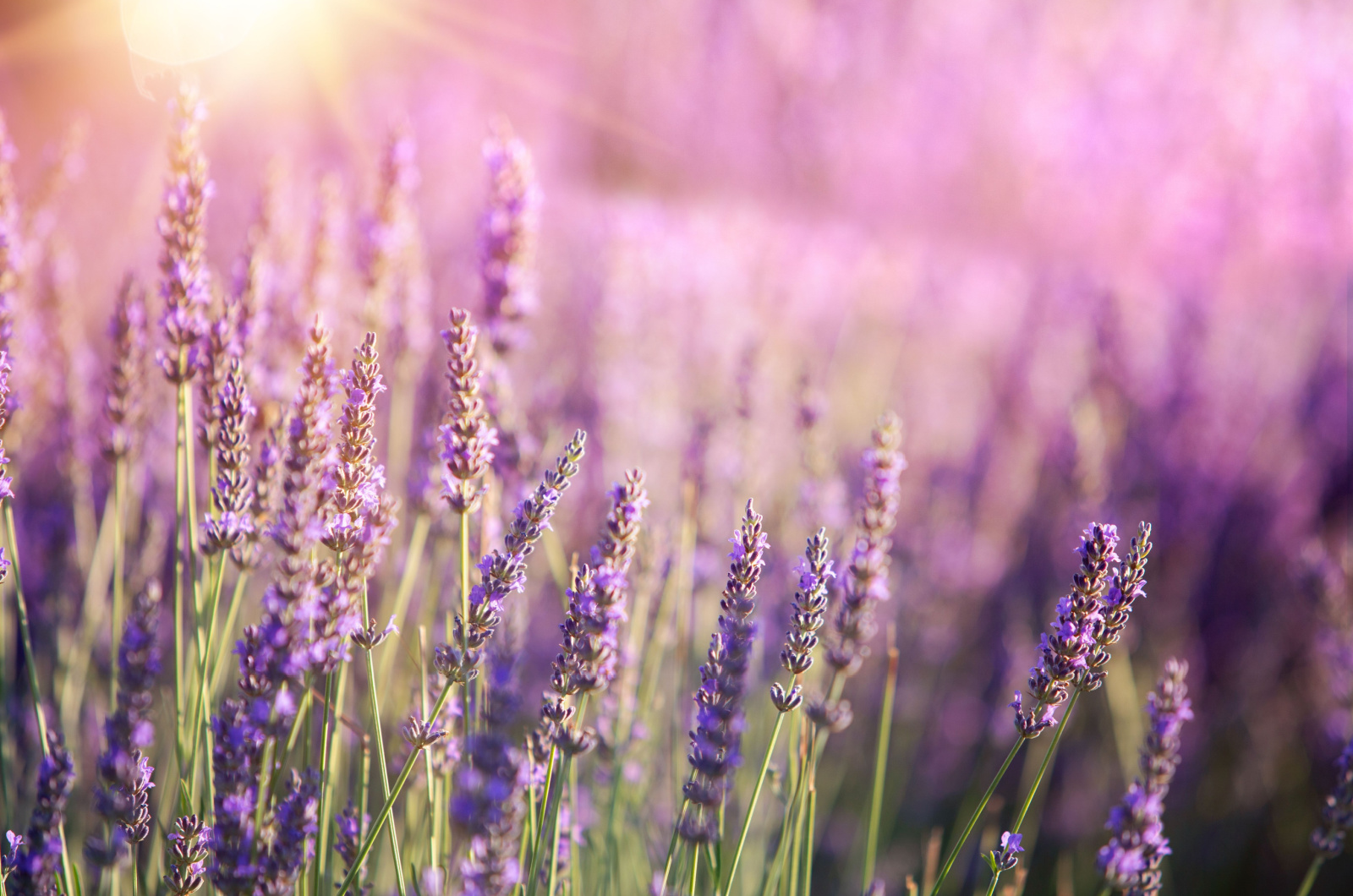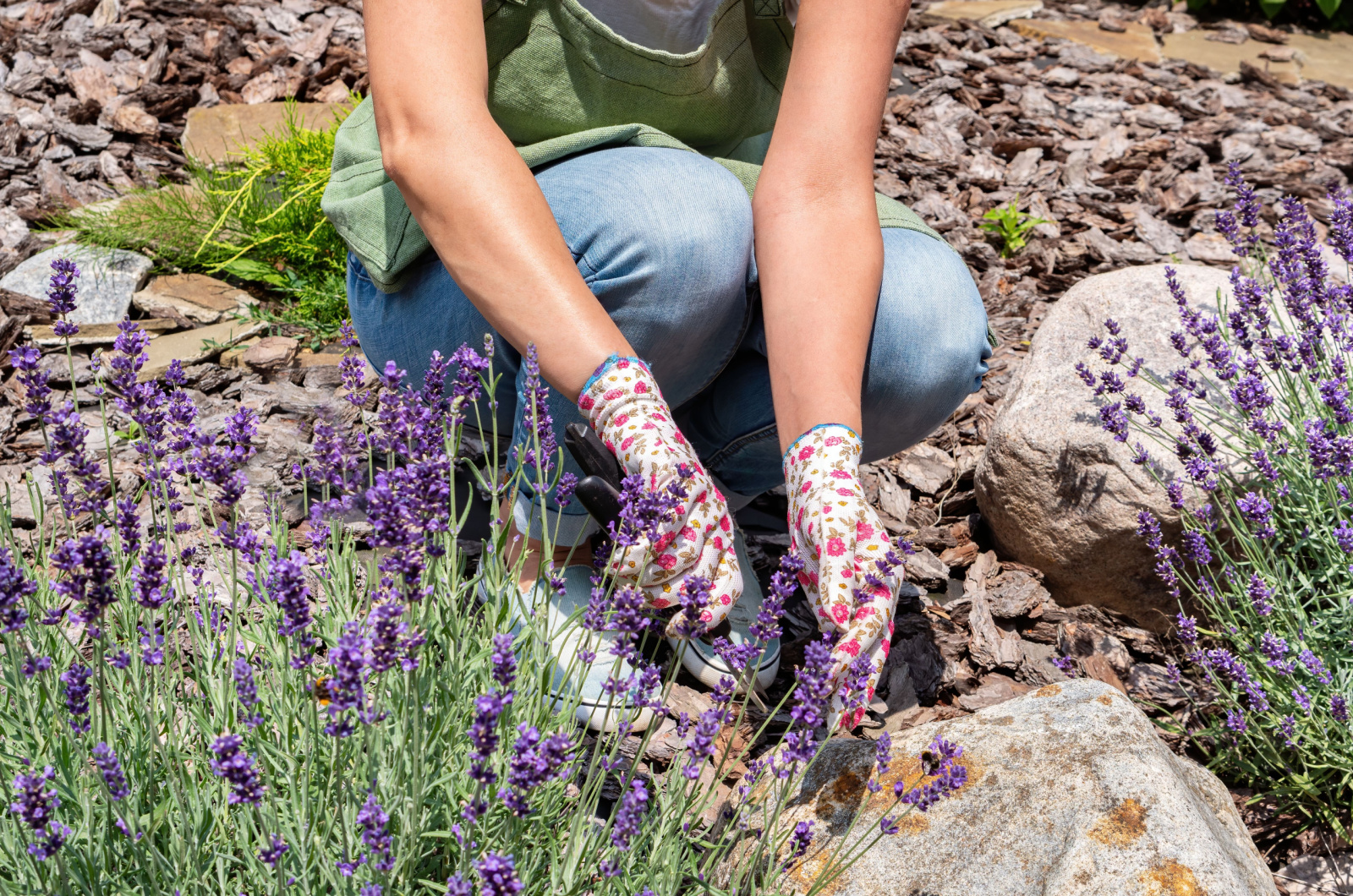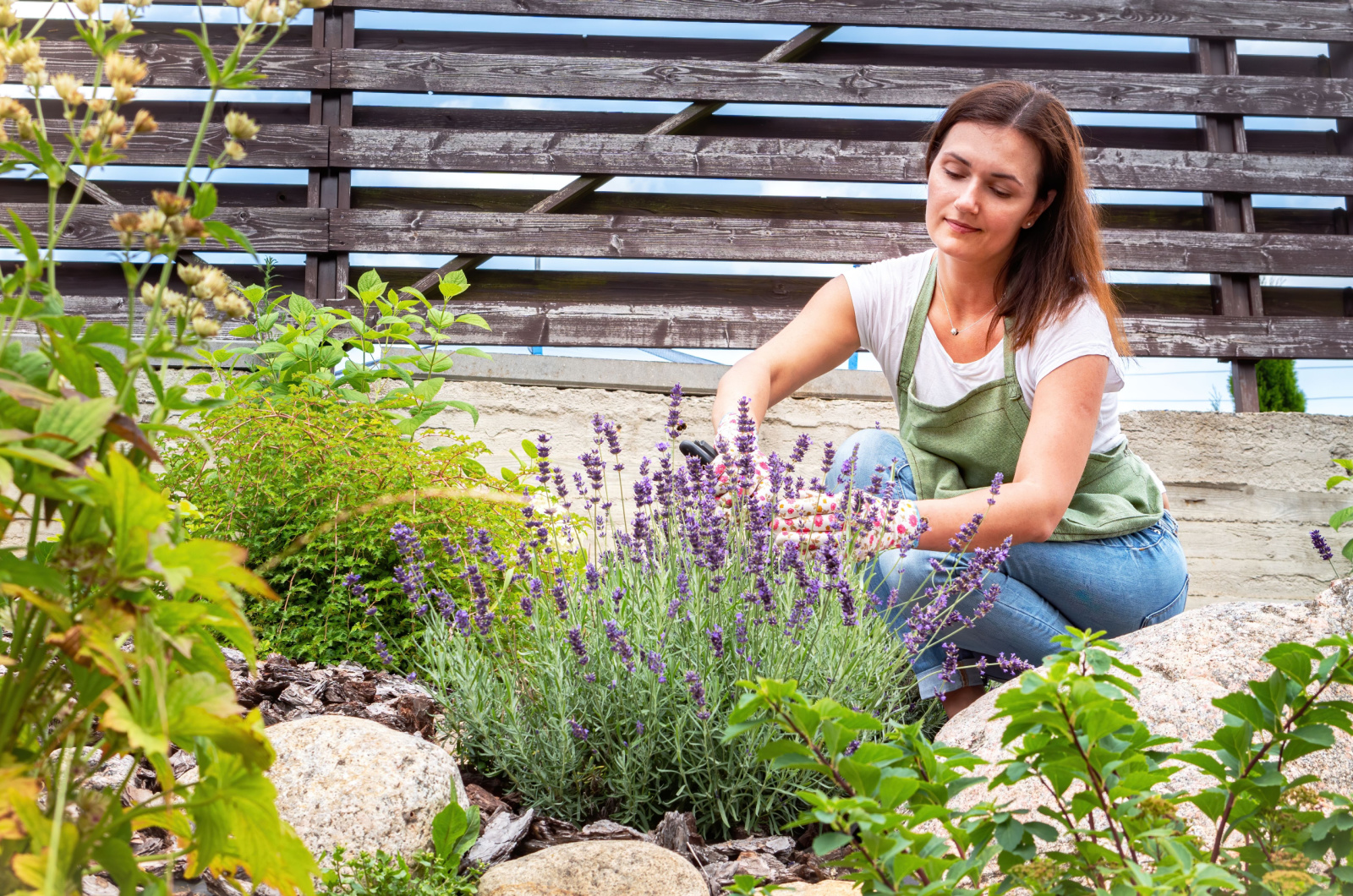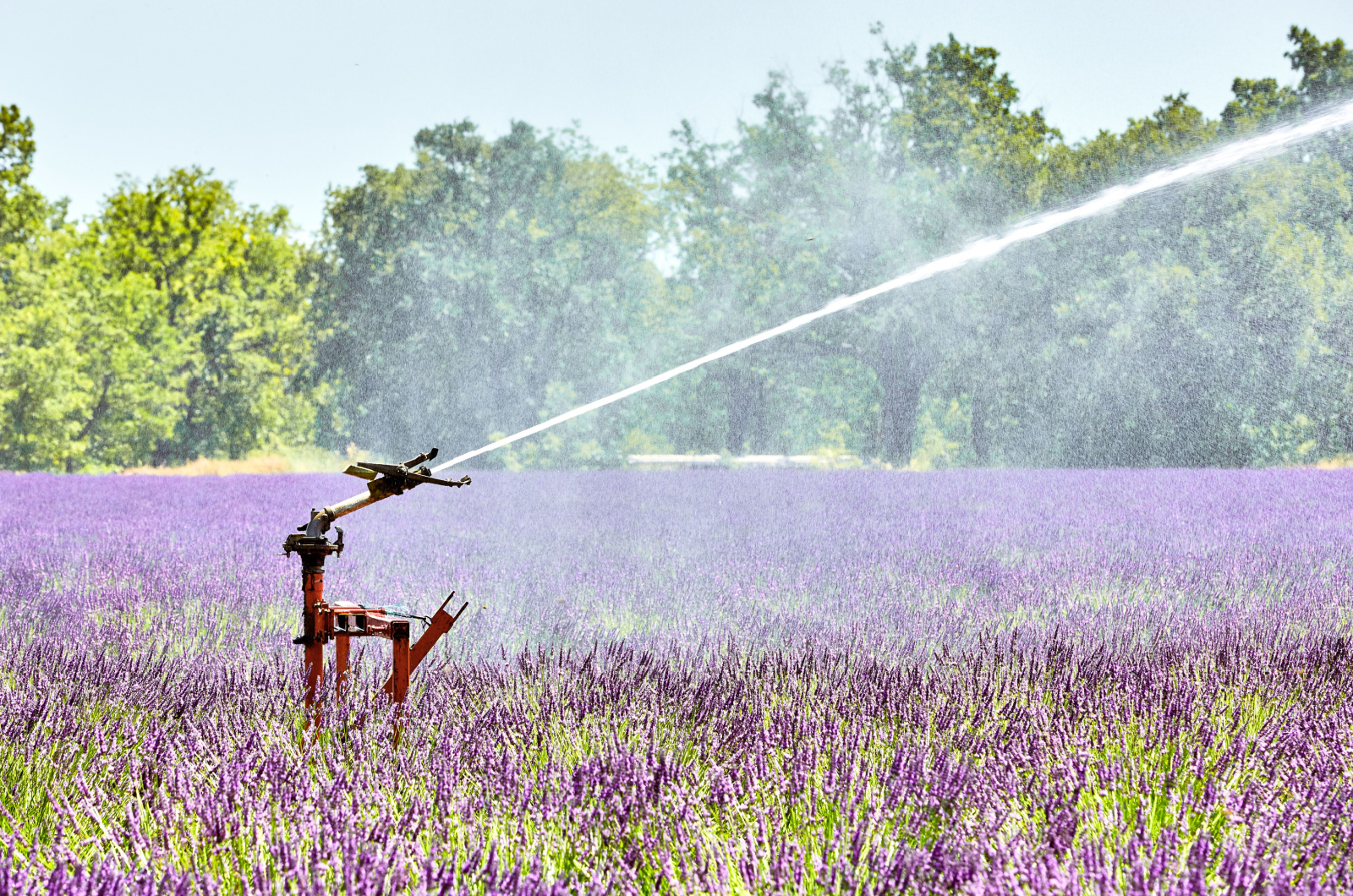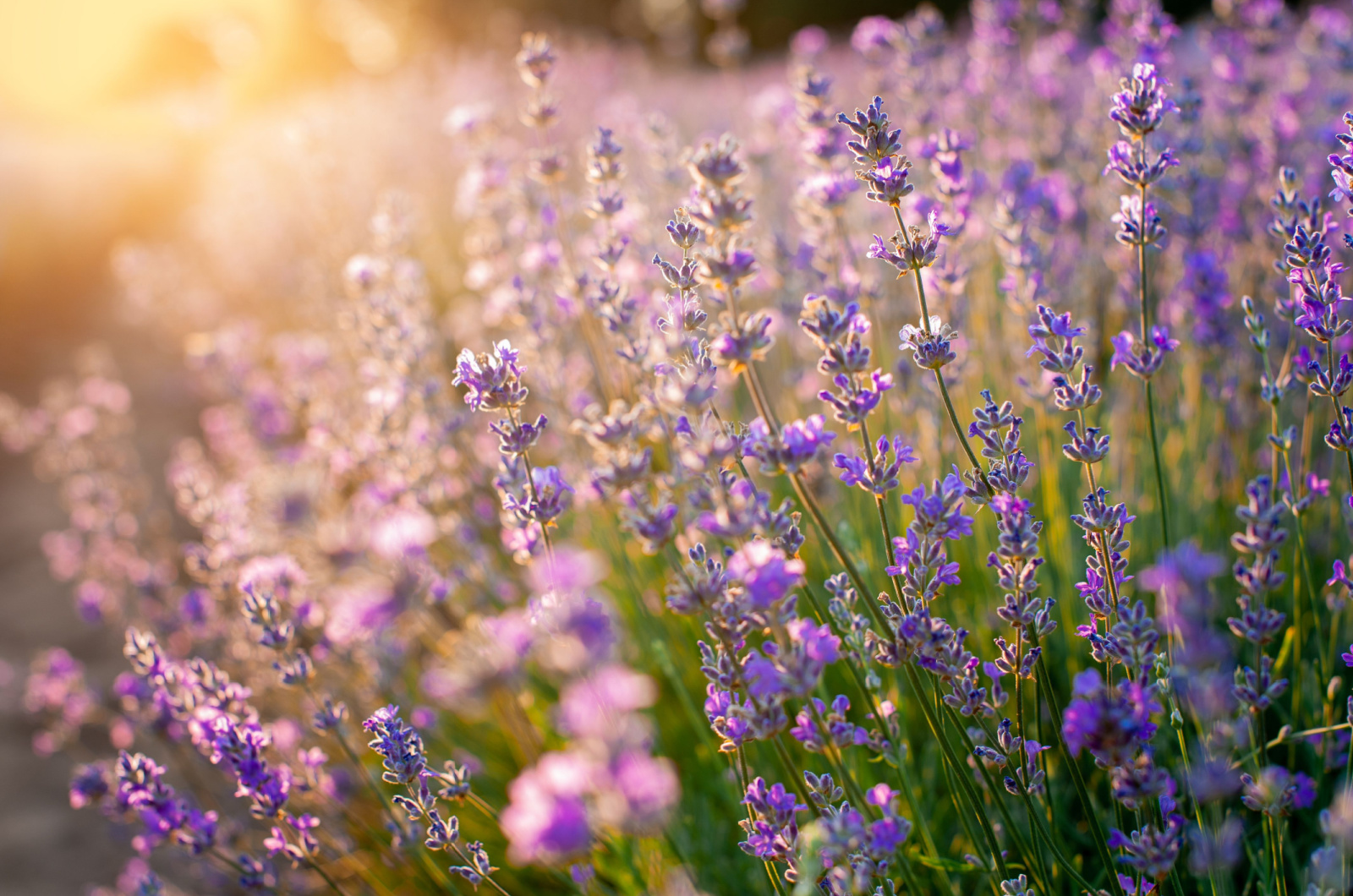You’ll see lavender in almost any garden and that’s not something that happens by accident. These plants have it all; they’re easy to maintain, look wonderful, and smell heavenly.
Well-maintained lavender generates an abundance of splendid fragrant blossoms. But there’s one case when lavender doesn’t seem as if it’s reached its full potential. Those who are dealing with woody lavender know what I’m talking about.
There are a few reasons why this happens and in this article, I’ll discuss each of them.
Additionally, I’ll show you how to stop lavender from going woody and reach its full potential!
Let’s get started!
The Reasons Why Your Lavender Is Woody
There’s one thing many growers don’t understand and that’s that lavender must become woody at some point. This is actually a part of its life cycle and the older the plant is the woodier it will be.
However, there’s one thing you can do: slow down this process. Ensuring the best conditions for lavender growth will help you extend the life of this plant and it will take more time for it to become woody.
For instance, if you grow your lavender in heavy soil types, such as clay, woody growth is inevitable and will occur sooner than it should.
You can prevent or delay your lavender from becoming woody in a few easy steps.
Let’s see!
1. Prune Yearly And Correctly
The best way to prevent this plant from becoming woody too soon is to prune it every season. These are the plants that benefit most from pruning and that’s the essential step for a healthy and happy plant.
Additionally, you get the desired shape and the plant displays more of its lovely blossoms.
But it’s important to know the correct way to prune this plant to avoid additional problems. First, you need to use sharp cutting tools and you have to sterilize them every time you cut your lavender plant.
You should opt for a mound shape so that each part of the plant receives enough sun.
It’s also important to remove any damaged, diseased, or discolored parts of your lavender when pruning. Remember that these parts spend water and energy as long as they are on the plant. This results in poor growth and fewer blossoms.
Always cut this plant above the leaf nodes or side branches and don’t cut down into the woody parts.
You may hear that some gardeners recommend pruning the woody growth but you should know that this method is only used in old lavender plants.
2. Prune At The Right Time Of Year
So, yearly pruning and correct pruning methods are essential for lavender growth. It’s also important to discuss the best time of the year to prune your lavender.
I highly recommend pruning this plant after it finishes blooming; the end of the blooming season is typically in early or mid-summer.
Some gardeners suggest pruning new growth in the spring. However, if you decide on this method, you should know that this period is reserved for light pruning only, i.e., trimming.
So, you should trim the new growth lightly to encourage faster development.
You should wait a little longer for the ‘real’ pruning. As soon as the blossoms fade away and there aren’t any new buds, you can remove about ⅓ of the lavender plant.
Start to work around the outside of the plant and first remove damaged and dead stems. Then continue pruning until you get the mound shape.
Make sure not to remove more than recommended and, as mentioned earlier, don’t cut down into the woody lavender parts.
3. Water Regularly
Pruning is an essential step for slowing down woody growth in lavender, but watering can also help you with this issue.
The watering requirements differ depending on the growth stage of your lavender. For instance, if you’ve just planted this Mediterranean beauty, then you should water it approximately twice a week.
This will encourage development during the first growing season. Until the flower buds form fully, you can reduce watering to every 2-3 weeks.
Lavender plants that develop flower buds will benefit from more frequent watering, about once a week. And when the blooming season ends, you can reduce irrigation again.
When it comes to the drought-tolerance of lavender, some varieties, such as English lavender can endure longer without water. On the other hand, French lavender varieties aren’t that tolerant.
Therefore, you should check and adjust the watering schedule based on your particular variety.
4. Promote Air Circulation
Just like watering, good air circulation is essential for healthy lavender development. Overcrowding may lead to various issues and your plant will become woody faster.
You should find a spot in your garden where plants aren’t densely planted. But you should also pay attention to ensure enough space between each lavender plant.
If you grow English lavender, you should leave about 12-18 inches between each plant. On the other hand, French lavender plants should be approximately 3 feet apart.
Remember that poor air circulation not only encourages woody growth but also increases a plant’s susceptibility to fungal diseases.
What Happens If You Don’t Prune Your Lavender?
I’ve been asked many times if pruning can be skipped with these plants. Well, even if you’re okay with woody growth, there are other issues you should be aware of.
If you don’t prune this plant, it can quickly become leggy and split at the base. Additionally, the stems and branches will be longer and heavier.
The stems most likely won’t endure the weight of the flower heads, so they’ll flop over. Your lavender will look unhealthy and there’ll be fewer or no blossoms.
What To Do With Woody Lavender
If you already have a woody plant in front of you, there are still some things to do. I recommend taking the cuttings and propagating your lavender using them.
Simply find a healthy woody section on the plant and scrape back the wood at the base until you see the green part.
You can encourage rooting by applying a rooting hormone to the cut end. Wet the sand, insert the cuttings into it, and then place them in a bright indirect light.
Alternatively, use the cuttings to decorate your indoor space or, if you like cooking, add them to your favorite recipes.
If you’re an experienced and patient gardener, you can rejuvenate your woody lavender. This process typically lasts three years.
You should remove ⅓ of the plant each season and aim to cut as close to the base as possible. After three seasons, there shouldn’t be any woody sections and new growth should appear. This is a really hard and tricky process, so patience is key.
Lavender adds vibrance to both indoor and outdoor spaces and its fragrance is enchanting. If you have older lavender and it’s already woody, you can replace ut with fresh plants. For younger plants, follow our instructions to slow down woody growth.

